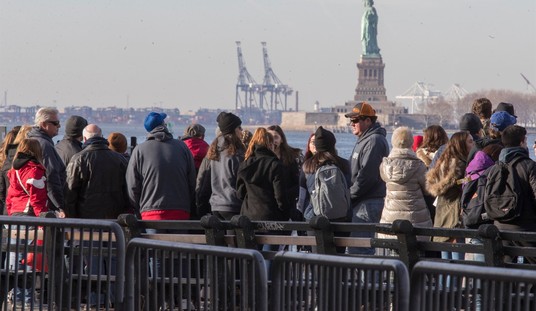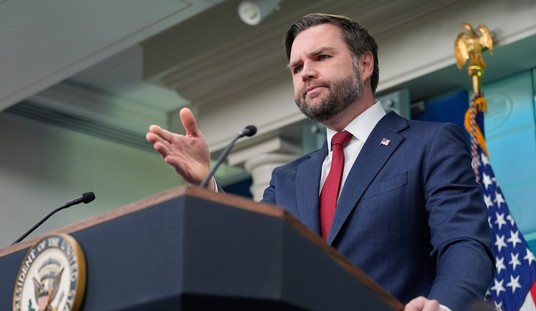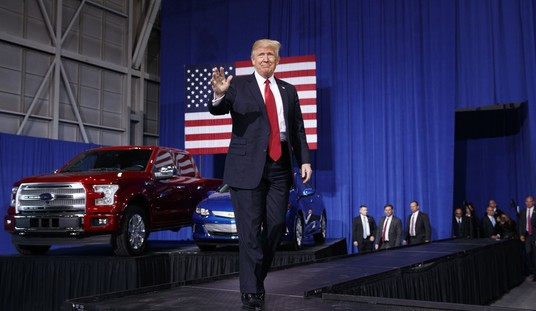
Who should regulate drones – the Federal Aviation Administration, the states, local governments or a combination of all those?
Utah’s Sen. Mike Lee has pointed out that, “As drone use has exploded across America, neighbors, communities, and local governments are all still trying to figure out the best way to balance the property rights of drone users, landowners, and public safety.”
A little research reveals that drones are heavily regulated by the FAA as they control all things in the air as a matter of interstate commerce. Initially, the FAA used a heavy regulatory hand because they had no frame of reference other than “Safety of Life” for humans – until recently, all aircraft (even balloons) had people in them. There was a lot of regulatory framework that had to be un-wound to permit Unmanned Aerial Vehicles – ranging from safety inspections, maintenance, etc. There are regulations (and Section 333 exemptions in their rules) to keep drones from flying around people unless a licensed pilot is at the controls of the drone.
There is a movement afoot to have States regulate drones. There is a bill called the Drone Federalism Act of 2017, which would ensure that government at every level would be responsible for those things that they ought to be responsible for in regulating drones and keeping the peace in the ongoing conflict over rights of drone users, landowners, and public safety.
This bill can be seen as push-back against the pressure Amazon is putting on FAA for a free fly zone for its drones. Amazon, and I’m sure Google and Walmart, essentially want the FAA to say that the space below 200 and above 100 feet off the ground – everywhere in the United States – is their domain to fly a fleet of drones as they please.
Such a regulation is reminiscent of when the Obama administration made a clean water rule in 2015 that would have functioned as a vast land grab by the federal government, asserting control over millions of miles of land abutting small streams, waterways, even ditches, conservatives rightly cried foul. It was one of the first priorities of the Trump administration’s Environmental Protection Agency to roll that overreach back.
Sky rights may be a little hard to wrap our brains around, but look at it this way: This could affect your privacy, your property values, even your sleep at night. Drones may be great technology, but they’re noisy and nosy. Do you want them buzzing about over your house at all hours? Imagine you own the top condo of a building and this goes through. It could cause the resale value of your property to drop, along with your peace and quiet.
Some say the Drone Federalism Act of 2017 is a commonsense way to head this off at the pass. The proposed legislation would guarantee that states and localities have the right to set rules about the time, place and manner of drone usage below 200 feet. This would allow our local representatives to cut down on the nuisance and guard our privacy, and for us to hold their feet to the fire if they don’t.
I’m not sure where I come out on the “local preemption” issue. As with delivery trucks and right-of-way, there are federal rights to drive up to your house – but, as with tandem tractor-trailers, there are federal permissions for them to be on Interstate highways. In some cases, the federal laws permit those tandems to be within a certain radius of a federal highway on local streets. But local governments have also defined their local and state roads as “no-Tandem.” It’s a similar debate, as are federal and state laws and regulation that govern the design of cars. Having state preemption adds a level of impracticality that finally collapsed – remember when there were “California Cars” and “not-California Cars” and you couldn’t even move into California with the wrong one?
As with self-driving cars, drones are a nascent technology – maybe the Drone Federalism Act of 2017 is a solution to the struggle between competing rights. I’m concerned that the bill is sponsored by Calif. and Conn. Democrat Senators Diane Feinstein and Richard Blumenthal. But I’m heartened that it is also sponsored by Ark. and Utah Republican Senators Tom Cotton and Mike Lee.
Sen. Lee has also said, “These disputes need to be decided at the local level, not with top-down proclamations from Washington. This bill allows for those solutions to be discovered while still protecting interstate air travel.” Sen. Cotton agrees, “By passing this legislation, we will protect private property rights and allow local communities to tailor drone rules to their specific needs.”
The bill has broad support but may appeal most directly to Conservatives who know a federal power grab when they see one. Perhaps Congress should reaffirm our tried and true, even if messy, federalist system of power sharing devised by the Founding Fathers to include drone regulation.














Join the conversation as a VIP Member